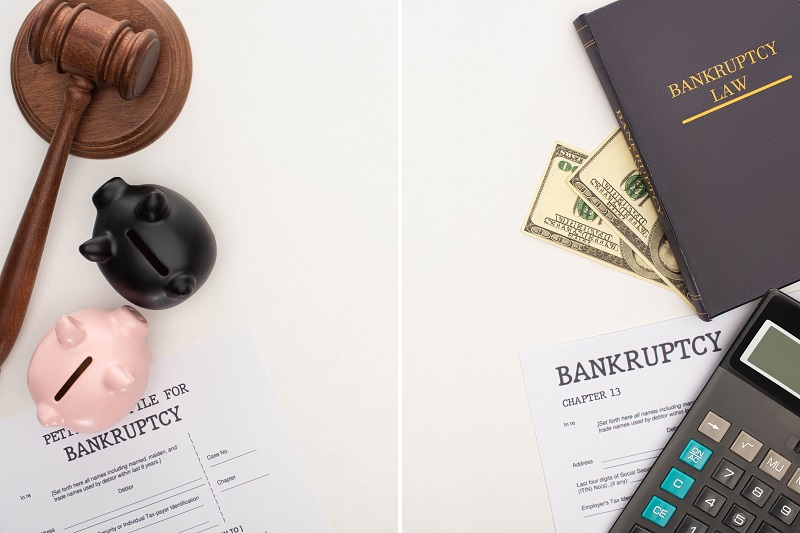In the realm of bankruptcy law, Chapter 13 cramdowns represent a critical area of focus for both debtors and creditors. This legal mechanism allows debtors to adjust certain secured debts in their repayment plans, presenting challenges and opportunities for creditors. At Tatman Legal, experts in bankruptcy law, it’s imperative to understand the evolving landscape of Chapter 13 cramdowns and its implications for creditors. In this blog post, we’ll explore key insights and strategies tailored for creditors in light of these developments.
Understanding Chapter 13 Cramdowns
Before delving into specific strategies, let’s establish a clear understanding of Chapter 13 cramdowns. Essentially, a cramdown occurs when a debtor seeks to reduce the principal balance of a secured debt to match the current value of the collateral securing that debt. This adjustment often means that creditors may not receive the full amount owed to them under the original terms of the loan.
Chapter 13 of the Bankruptcy Code offers debtors the opportunity to reorganize their debts through a court-approved repayment plan. Cramdowns typically come into play with secured debts such as mortgages or car loans, allowing debtors to propose a plan that adjusts the debt to the collateral’s current value, with any remaining balance treated as unsecured debt.
Emerging Trends
Judicial Interpretation
One of the significant trends shaping the landscape of Chapter 13 cramdowns is the evolving stance of the courts. Across jurisdictions, judges are refining their approach to evaluating cramdown plans, responding to new legal arguments and economic shifts.
Recent rulings indicate a trend toward a more debtor-friendly interpretation of cramdown provisions. This trend may lead to more frequent and broader cramdowns, posing challenges for creditors seeking to protect their interests.
Economic Factors
Economic conditions play a pivotal role in the dynamics of Chapter 13 cramdowns. Fluctuations in property values and financial markets significantly impact the feasibility of cramdown plans.
During economic downturns, debtors may be more inclined to seek cramdown relief to alleviate financial strain and retain assets. Conversely, in times of economic prosperity, creditors may encounter fewer cramdowns as debtors prioritize repayment.
Legislative Changes
Legislative reforms have the potential to reshape Chapter 13 cramdowns profoundly. Lawmakers may introduce amendments to the Bankruptcy Code aimed at either expanding or restricting the availability of cramdown relief.
For creditors, staying informed about proposed legislative changes is essential for anticipating potential shifts in the regulatory landscape. Active participation in the legislative process empowers creditors to advocate for their interests and influence the outcome of proposed reforms.
Implications for Creditors
The evolving landscape of Chapter 13 cramdowns holds significant implications for creditors, necessitating a strategic approach to debt recovery and risk management. By proactively addressing emerging trends, creditors can mitigate losses and maximize recovery efforts.
Risk Assessment
Effective risk assessment is crucial for creditors navigating Chapter 13 cramdowns. Thorough due diligence on debtors’ financial situations and collateral valuation provides insights into the likelihood of cramdowns being approved.
Identifying high-risk accounts early in the bankruptcy process enables creditors to develop tailored strategies to protect their interests and minimize potential losses.
Negotiation Strategies
Proactive negotiations with debtors can yield favorable outcomes for creditors facing cramdowns. Exploring alternative repayment arrangements and concessions may lead to mutually beneficial agreements that preserve the value of secured interests.
Negotiation strategies should prioritize open communication, flexibility, and a willingness to explore creative solutions that address the interests of both parties.
Legal Representation
Given the complexity of Chapter 13 cramdowns, seeking guidance from experienced legal counsel is paramount for creditors. Knowledgeable attorneys offer invaluable insights into bankruptcy law intricacies and effectively represent creditors’ interests in court proceedings.
Partnering with skilled legal professionals enhances creditors’ ability to protect their rights, challenge cramdown proposals, and pursue favorable outcomes in Chapter 13 cases.
Conclusion
As Chapter 13 cramdowns continue to shape bankruptcy proceedings, Tatman Legal emphasizes the importance of staying informed and agile. By understanding emerging trends and implementing proactive strategies, creditors can navigate the complexities of cramdowns with confidence.
Through effective risk assessment, negotiation tactics, and legal representation, creditors can position themselves for success in Chapter 13 proceedings, minimizing losses and maximizing recovery efforts. In collaboration with Tatman Legal, creditors can navigate the evolving landscape of Chapter 13 cramdowns and safeguard their interests in the bankruptcy process.
Are you a creditor navigating the complexities of Chapter 13 cramdowns? Don’t face these challenges alone. At Tatman Legal, our team of experienced attorneys is here to guide you through the evolving landscape of bankruptcy law.
Take proactive steps to protect your interests and maximize your recovery efforts. Schedule a consultation with Tatman Legal today to discuss tailored strategies for navigating Chapter 13 cramdowns.
During your consultation, we’ll provide insights into emerging trends, conduct a comprehensive risk assessment, and develop proactive negotiation strategies designed to safeguard your rights as a creditor.

